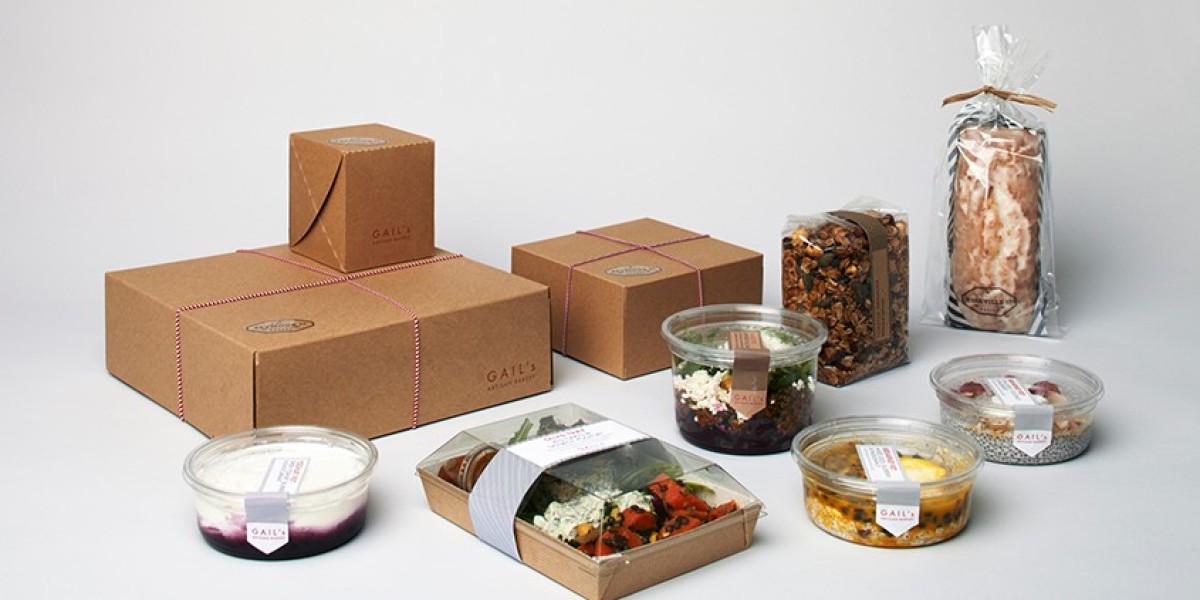Packaging plays a crucial role in preserving food. It safeguards against spoilage, contamination, and nutrient loss, ensuring food stays fresh longer. Effective packaging also contributes to reducing food waste by maintaining quality during storage and transportation. Below, we explore various ways packaging influences food preservation techniques.
How Packaging Maintains Freshness and Quality
Packaging acts as a barrier against external elements. It prevents exposure to air, moisture, and light, which can spoil food. By creating a controlled environment, packaging extends the shelf life of food products.
- Protection from Air and Moisture: Airtight packaging stops oxygen from degrading food. Moisture-resistant materials prevent mold growth.
- Light Protection: Many foods degrade under light. Packaging materials like foil or dark plastics block harmful light rays.
- Temperature Regulation: Some packaging keeps food at a safe temperature, preserving texture and taste.
Advancements in packaging materials, like vacuum-sealing and multilayer laminates, have revolutionized food preservation.
Role of Active Packaging in Food Preservation
Active packaging enhances food safety and longevity by interacting with the product. It includes features like oxygen scavengers, moisture absorbers, and antimicrobial layers.
- Oxygen Scavengers: These remove oxygen trapped in packaging to slow down oxidation.
- Moisture Absorbers: They control humidity levels, especially for snacks and dried foods.
- Antimicrobial Layers: Packaging can release preservatives to combat bacterial growth, ensuring food stays safe longer.
Active packaging benefits industries like meat and dairy, where freshness is critical. Click here for more about the role of active packaging in food preservation.
Vacuum-Sealing for Longer Shelf Life
Vacuum-sealing removes air from the packaging, creating a low-oxygen environment. This technique slows down bacterial activity and prevents freezer burn.
- Keeps Food Fresh: Vacuum-sealing is ideal for perishable goods like meat and vegetables.
- Prevents Odors: It eliminates exposure to external smells, maintaining the product's original aroma.
- Reduces Waste: This method extends storage time, helping reduce food waste.
Vacuum-sealing has become increasingly popular in both commercial and home settings due to its efficiency.
Modified Atmosphere Packaging (MAP)
Modified atmosphere packaging replaces the air inside the package with a specific gas mixture. This method slows down spoilage and extends the shelf life of various foods.
- Gas Composition: For example, nitrogen is used to preserve snacks, while carbon dioxide slows bacterial growth in meat.
- Applications: MAP is widely used for fresh produce, dairy products, and baked goods.
- Consumer Benefits: It allows food to remain fresher for longer periods without added preservatives.
MAP technology ensures food remains nutritious and visually appealing.
Importance of Biodegradable Packaging in Preservation
Biodegradable packaging is eco-friendly and also effective for food preservation. These materials decompose naturally, reducing environmental impact.
- Plant-Based Materials: Items like cornstarch and sugarcane fibers are used to create biodegradable packages.
- Moisture and Barrier Properties: Modern biodegradable materials offer excellent protection against moisture and air.
- Sustainability: This option balances food preservation with environmental care.
Biodegradable packaging is gaining traction among eco-conscious consumers and businesses.
Influence of Packaging Design on Food Longevity
Packaging design is crucial for functionality and preservation. A well-designed package ensures the food remains intact and uncontaminated.
- Sealable Features: Resealable bags keep snacks fresh for multiple uses.
- Portion Control: Divided packaging reduces exposure, helping foods stay fresher for longer.
- Stackable Shapes: Optimized designs prevent damage during transportation.
Efficient designs enhance consumer convenience and ensure food safety throughout the supply chain.
Challenges in Packaging for Food Preservation
Despite its benefits, packaging has limitations. Some materials may interact with food or fail under certain conditions.
- Chemical Leaching: Some plastics release harmful substances when exposed to heat.
- Cost Concerns: High-quality packaging can increase production costs.
- Recycling Issues: Non-recyclable materials harm the environment, causing long-term waste.
Addressing these challenges requires innovative solutions and sustainable practices.
Benefits of Smart Packaging Technology
Smart packaging integrates sensors and indicators to monitor food conditions. This technology improves food safety and minimizes waste.
- Temperature Sensors: These show if food has been stored at unsafe temperatures.
- Freshness Indicators: Color-changing labels indicate spoilage.
- Tracking Systems: Smart tags allow consumers to trace food origins and storage history.
Smart packaging is revolutionizing food preservation by offering real-time data.
Consumer Role in Food Preservation
Consumers also play a role in ensuring food stays fresh. Proper handling and storage extend the life of packaged products.
- Storage Guidelines: Follow instructions for temperature and light exposure.
- Resealing Products: Use airtight containers to prolong freshness after opening.
- Refrigeration Practices: Keep perishable items at the correct temperature.
Simple actions by consumers can complement the effectiveness of packaging.
Future of Packaging in Food Preservation
The future of packaging focuses on sustainability and innovation. Technologies like edible packaging and nanomaterials promise exciting advancements.
- Edible Packaging: Made from natural substances, it eliminates waste and preserves food.
- Nanotechnology: It enhances barrier properties and extends food life.
- Sustainable Practices: More brands are adopting recyclable and compostable materials.
The evolving packaging industry continues to prioritize food safety and environmental responsibility.
Conclusion
Packaging has a profound impact on food preservation techniques. It not only extends shelf life but also ensures safety and quality. Whether through active packaging, biodegradable materials, or smart technologies, the industry is continuously improving. By embracing these advancements, we can reduce waste and enjoy fresher food. For more insights, click here for more about innovative food preservation methods.


